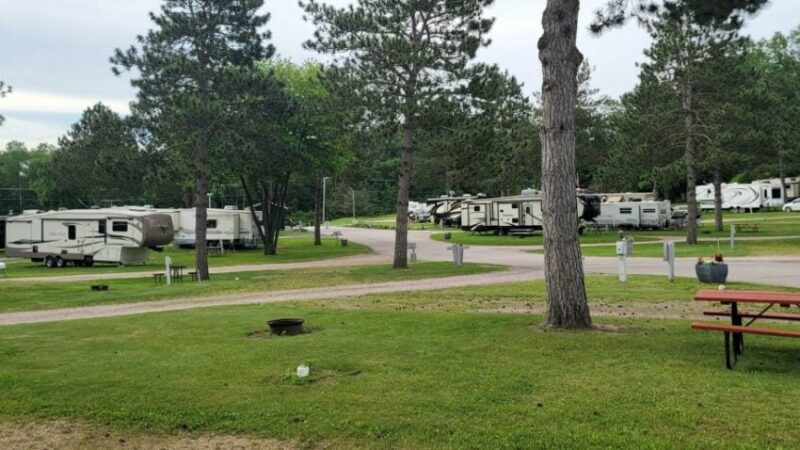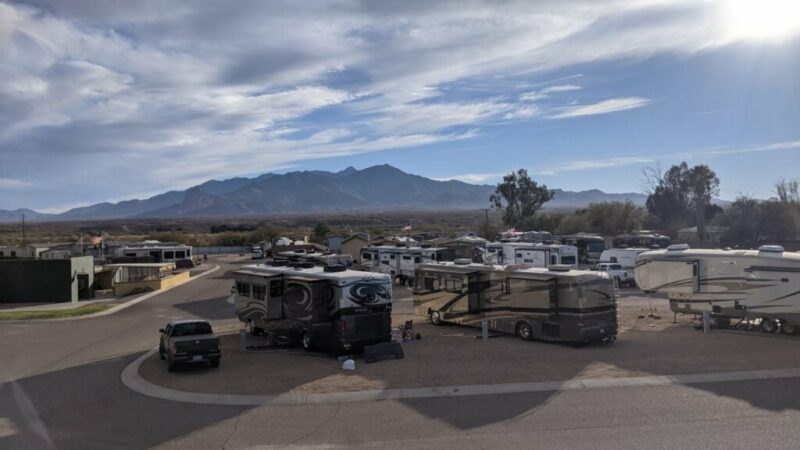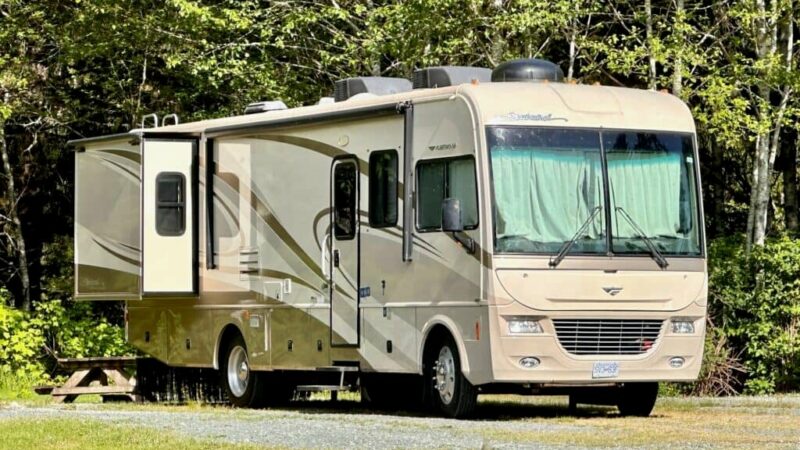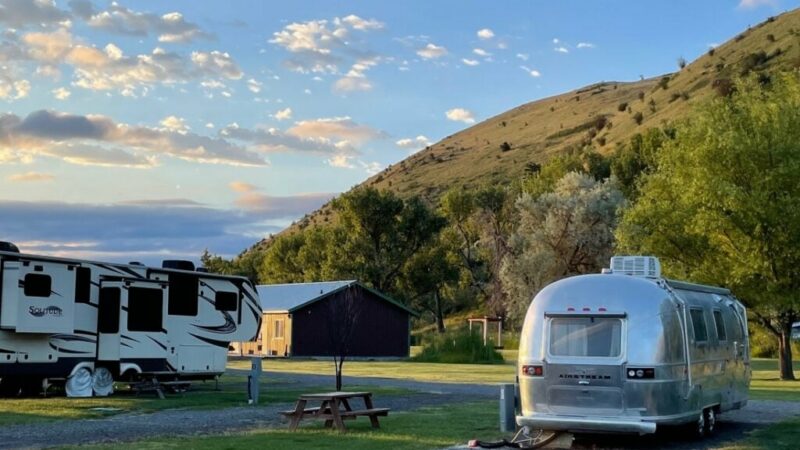Telltale Signs That Your RV Has Termites
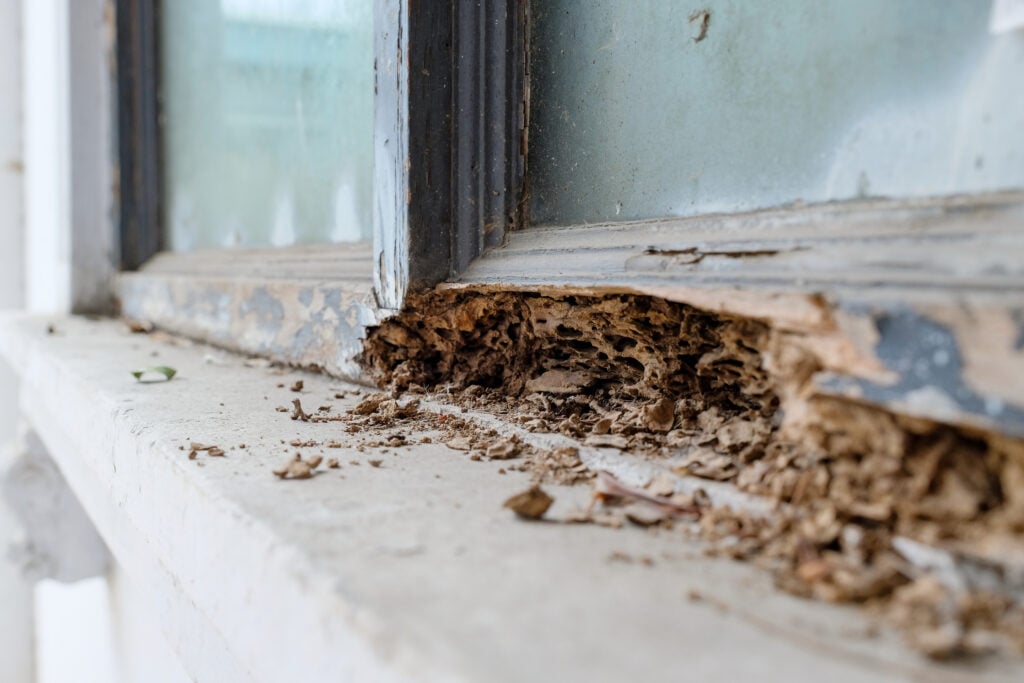
How to Identify Termites in Your RV
Termites are soft-bodied insects with a pale complexion. Historically, they have posed a threat to structures made with wood. These stealthy pests can swiftly damage any wooden structure without showing obvious signs of their presence.
Surprisingly, despite the decreased use of wood in their construction, RVs aren’t immune to termite infestations. While contemporary RVs may not use wood as extensively as houses, many still incorporate wooden elements in floors and cabinets. This is enough to sustain a termite colony.
Out of approximately 2,000 termite species worldwide, five are known to infest RVs in the US and Canada. While the majority create nests by consuming wood, others construct their nests using mud tubes in drywall.
What to look for
Termites are not only destructive but also hard to detect. Often, by the time their presence is noted, they might have caused damage worth thousands of dollars. This makes early detection paramount, especially if you frequent the southern US states with your RV. Here are signs to keep an eye out for:
Mud tubes
Subterranean termites, which have their primary colony underground, construct mud tubes to commute between their main and satellite nests. On RVs, these tubes, about the thickness of a pencil, can often be found on tires or the vehicle’s underside.
Soft spots on floors and walls
Termites can eat through both damp wood and drywall, leaving behind soft patches. These are warning signs of their activity.
Damaged wood with mud and sawdust
Termites are not the tidiest of creatures. As they burrow through wood, they often leave behind a mixture of sawdust and mud.
Termite droppings
Look out for small mounds resembling coffee grounds. They’re likely termite droppings, indicating a nest nearby.
Swarms around light sources
Discovering swarms of winged termites around your RV’s lights, windows, doors, and vents is a red flag signaling a possible infestation.
Discarded wings
Keep an eye out for discarded termite wings in and around your RV. They shed these when establishing a new colony.
Sounds inside the walls
Odd as it may sound, you can sometimes hear termites within the walls. A faint tapping or rustling might indicate their presence. By gently tapping suspected areas with a screwdriver and listening intently, you might hear them respond.
What should you do about a suspected infestation?
Eradicating termites can be challenging. If you suspect your RV has been invaded, it’s wise to consult a professional pest control service for an inspection and possible extermination. Depending on the damage, some parts of your RV might also need repairs or replacement.
Does RV insurance cover termite damage?
It’s essential to note that insurance companies typically don’t cover termite-induced damages, as they’re seen as a maintenance concern.
How to prevent termites in your RV
The potential structural damage termites can inflict upon an RV underscores the importance of early detection and proactive prevention. Here are some preventive measures:
- Keep your RV dry and ensure good ventilation.
- Seal cracks or openings that might invite pests.
- Store firewood or any cellulose-based material away from your RV.
- Always be vigilant and regularly check your RV’s exterior for damages or potential entry points.
- Avoid parking near visible termite activities. Signs like mud tunnels, discarded wings, or tiny holes in trees can help identify their presence.
Track your RV maintenance and repairs
By staying informed and proactive, you can protect your RV from potential damage.
Ensure you consistently monitor your RV’s upkeep and repairs using digital tools like RV LIFE Maintenance. This platform not only consolidates all your documents but also sends timely notifications for upcoming maintenance, aiding in the prevention of expensive repairs and potential mishaps.
Related articles:
- Look Out For These Signs Of Pest Infestation In Your RV
- How To Get Rid Of Mice In RV Campers
- How To Get Rid Of Fruit Flies In Your RV
- The Best Way To Get Rid Of Ants In Your RV
The post Telltale Signs That Your RV Has Termites appeared first on RV LIFE.
Source: https://rvlife.com/rv-termites/




